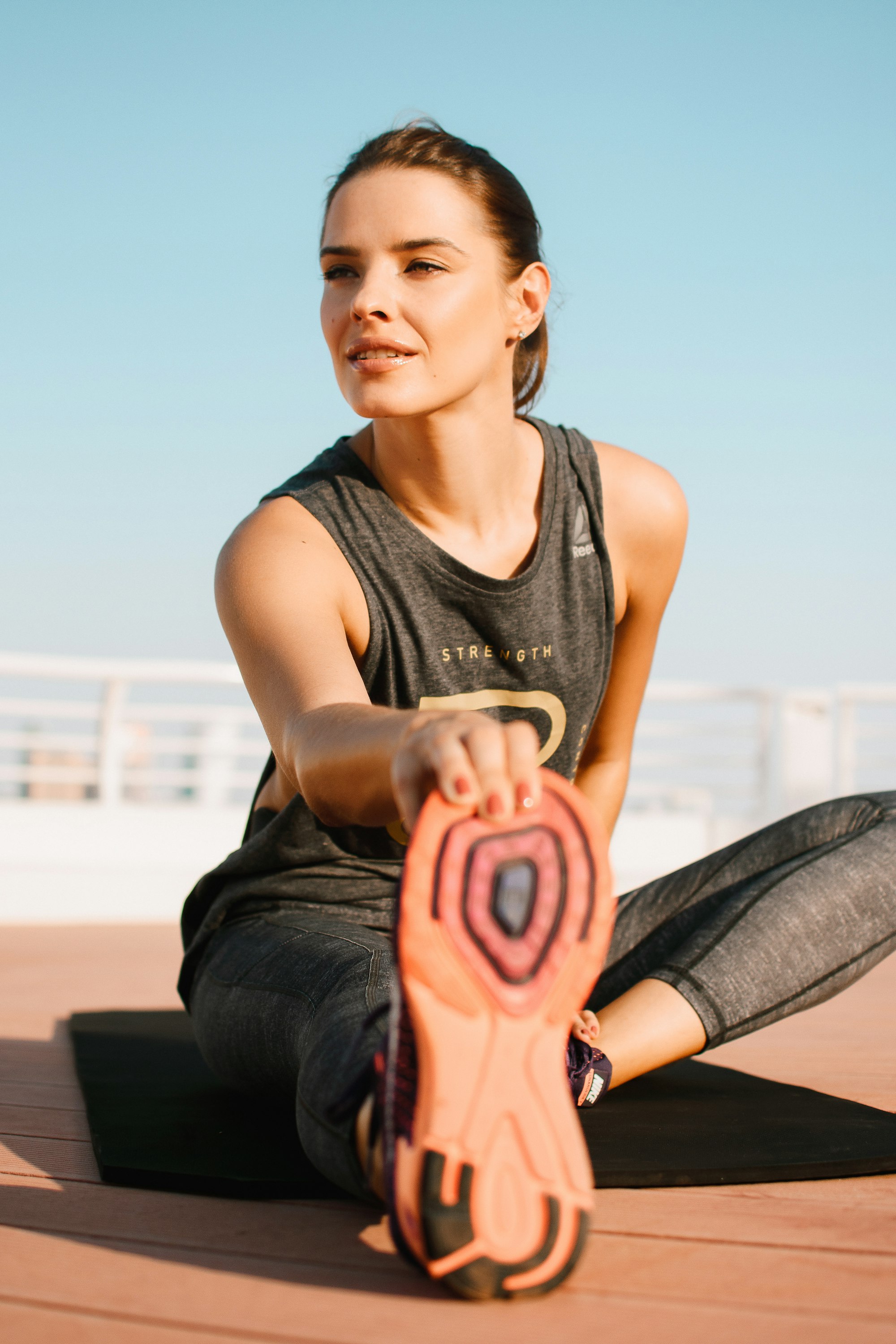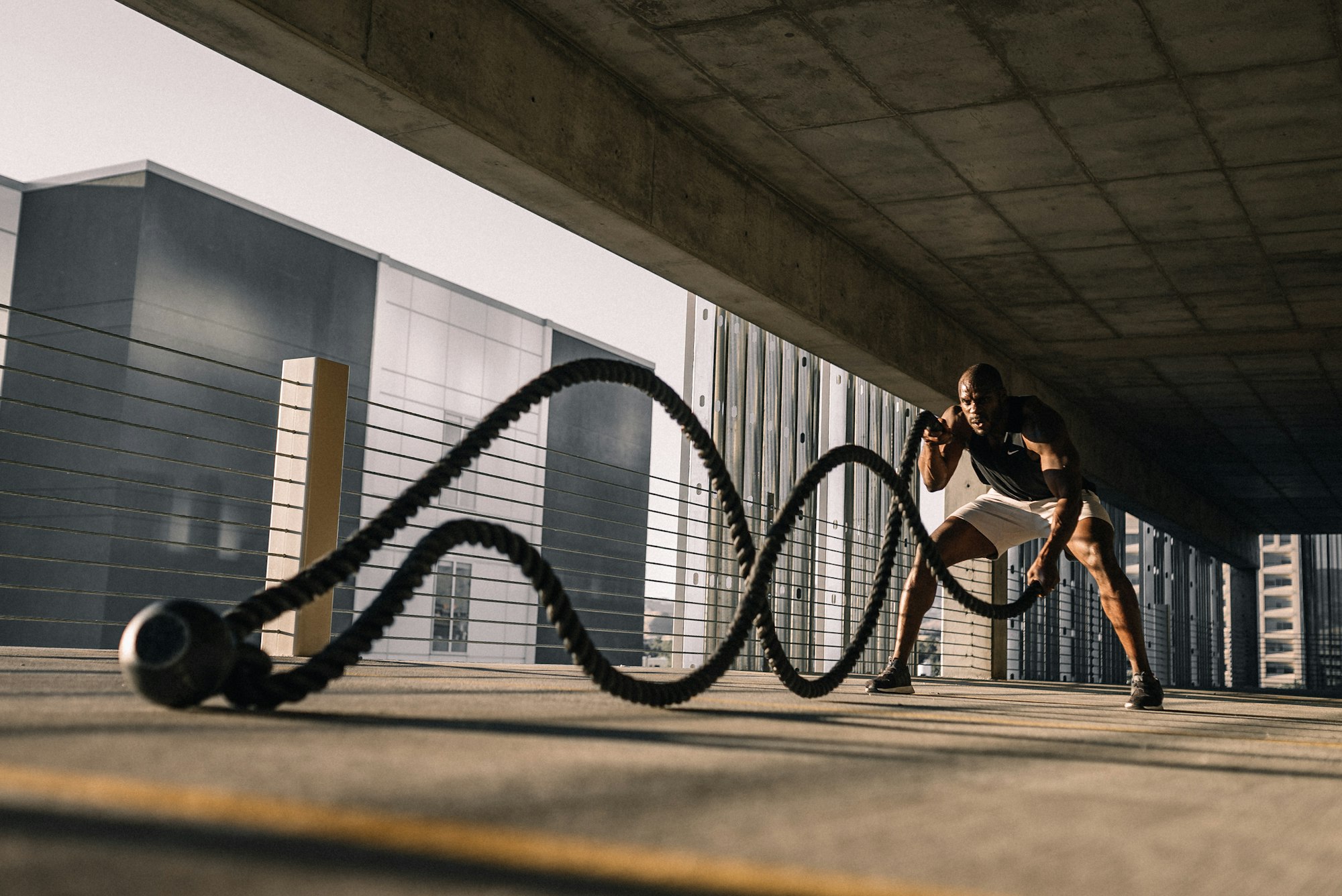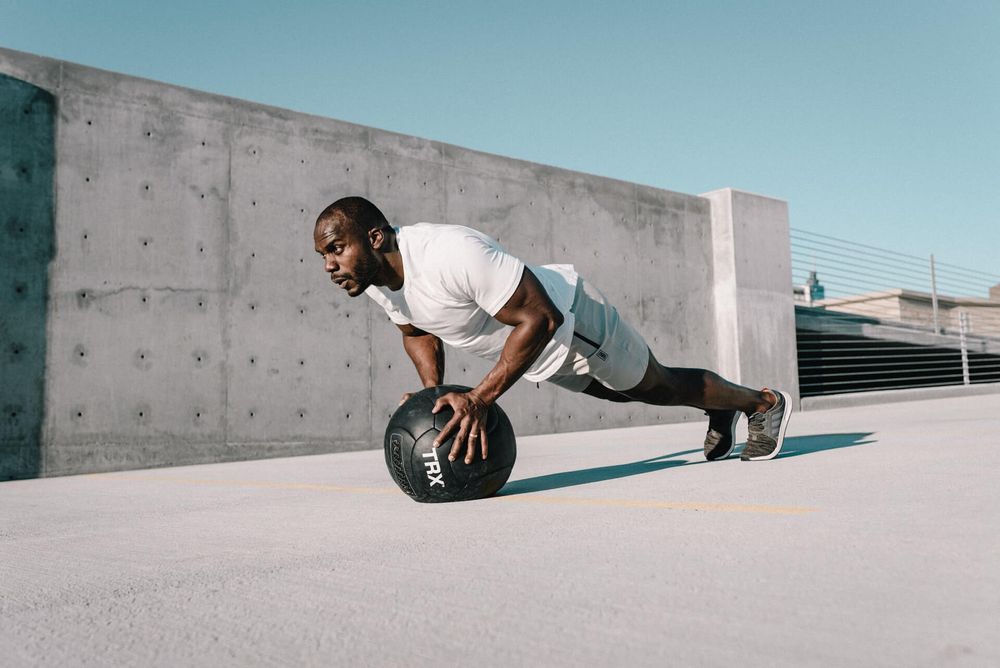The first and last time I physically attended The Class, a boutique workout billed as “an expansive, heart-clearing and body-strengthening release,” was Tuesday, March 10th. I paid close to $40 to jump around, shout and breathe heavily in a room packed with dozens of women, mats soaked through with sweat and inches away from each other. I loved it, but you know what happened in the six months since.
Through the varying stages of pandemic lockdown, along with many thousands of others, I’ve traded gym workouts, runs on crowded park trails, and occasional group fitness classes for a smorgasbord of digital offerings, rolling out my mat wherever there’s space and an internet connection. I’ve tried Sky Ting TV, Melissa Wood Health, The Sculpt Society, Chloe Ting, Variis, Tracy Anderson, and even did a few grapevines with a YouTube rip of the iconic 1991 step workout CherFitness. But the one that I’ve returned to again and again—and had the most frequent, impassioned conversations about—is The Class.
Taryn Toomey, a former executive for Ralph Lauren and Dior, founded The Class in 2013, after training to become a yoga teacher and studying with a shamanic healer. She opened her studio in Tribeca in 2016, a serene space with white marble finishes and a floor lined in tourmaline and hematite crystals, and has become a cult figure in the boutique fitness scene for her unique method, which has been described as “a workout for your feelings” (Fast Company), “mystical-meets-practical” (New York) and “NYC’s most emotional workout” (Racked).

In terms of the actual exercise methodology, it’s very straightforward. There are no weights, blocks, bands or other special equipment required, no contorted choreography to learn. It’s one hour flat, broken out into cardio and toning: long intermittent sequences of jumping jacks and hopping/dancing around; the kind of high-repetition arm, abdominal, and glute work that wouldn’t feel out of place in a barre or pilates class; at least one intense burpee session and a brief stretch and meditation. Each class concludes with something called “heart clearing,” which takes the form of flapping your arms forward and backward for a few minutes, like a large goose attempting to take flight. I’m not sure exactly what it’s supposed to do, but it feels good—and like it helps counteract the effects of sitting hunched over a laptop for a large portion of the day.
Like many popular fitness classes, the instructors’ directions have a pseudo-spiritual bent. But instead of feeling like a way to trick you into doing ten more leg lifts, the missives are like a crash course in self-reflection and the mind-body connection. Less of a manic SoulCycle-style “YOU’RE AMAZING” and more a level-headed transmission about how to feel your best. There’s also an element of shouting, or releasing a big guttural “HA!” during certain sequences, which, when experienced in person, takes things to a “woo-woo” level that some people find bizarre or uncomfortable.
On a laptop screen, that particular aspect is easier to tune out, if you’re not into it (or if shouting would be a source of concern to family members, neighbors or pets). But the emotional angle still comes through, and it resonates especially during an era of massive upheaval. If there was ever a time to be open to alternative ways of thinking about how you’re reacting to discomfort or resisting change (two common themes in The Class parlance), it’s now.

Toomey approached the idea of offering a streaming component with hesitation at first. “We talked about it for two years. There was so much resistance in me around it, because I felt what went on in the room was so special, and I didn’t want to put a camera in there where the students felt somebody was watching them,” she said. Eventually, she decided to give it a shot, and they launched a live-streaming platform in October 2019. Her representatives declined to share specific numbers or percentage increase in subscribers during the pandemic, but Toomey described the rate of increase as “a big old hockey stick” since March.
Lately, Toomey said she wakes up between 4:00 and 5:00 AM every day, begins each morning with prayer, and teaches four times per week. Keeping the company running remotely involves daily meetings with leadership, team roll calls on Slack, and the ability to adjust constantly. When it became clear the pandemic would shut down New York, Toomey and the team acted swiftly to set up additional streaming spaces and protocols for instructors to stream from the Tribeca studio (one person in there at a time, separated by a period of time, enhanced cleaning measures).
One of the reasons she thinks the method has hit home for so many people is that it offers a space for people to process difficult or painful experiences, which can feel particularly overwhelming when isolated from families, friends and routines. Many students have reached out to her via Instagram DM to share stories of how doing The Class has been a helpful way to deal with the death of family member or close friends. “I think that there’s been a real deep sense of mourning amongst a lot of people. I think that is something The Class has always supported is teaching people how to grieve well. I think that’s a very important part of what a lot of people miss in this world,” Toomey said. “They get scared of things they grieve, from mourning or letting go. They hold onto old stories and old structures.”

By contrast, it costs $40 to subscribe to The Class’s streaming platform, where classes are taught live, sometimes up to 11 times per day, along with a growing library of on-demand options.
Of course, entering a boutique fitness studio during peak hours did have a certain anthropological appeal. “The intensity density is off the charts,” the writer Lauren Mechling said of visiting The Class’s Tribeca location pre-pandemic. “The characters who frequent the studio all seem so amped up and prosperous, they could easily be bit players in Succession.”
For some students, the fact that there’s no need to go anywhere at all anymore is the whole point. Aside from the obvious issues of time and cost, there’s also the discomfort that can come with doing a workout alongside the spandex and diamonds set.
Naomi Fry, a New Yorker writer who tweets occasionally about her experiences with streaming The Class, says she hasn’t done in-person group fitness since high school aerobics class, more than 20 years ago. She has complicated feelings about The Class, which she got into during the pandemic on the recommendation of a friend. “Although I feel like they are very sincere, I don’t totally believe everything the instructors say. I’m not at all a spiritual person. But I have found that I just love having done The Class — it makes me feel better about myself, it forces me to move my body, I feel a little stronger than I used to,” Fry said. “I’d never do it in the actual studio, even if things return to normal. I love doing it alone. It’s not intimidating.”

Laia Garcia-Furtado, an editor at Garage, also doesn’t see herself going in person, partially because her asthma makes cardio workouts a challenge. “I usually would have to sit and rest in group classes—which is embarrassing! But since I was home alone that wasn’t an issue,” she said. She also found herself appreciating the emotional elements more than she thought she would. “That whole ‘we’ll meet you where you’re at’ vibe is actually nice,” she added. “Of course what’s crazy is every once in a while they will say something that makes me go like, Damn, they’re right. And then it’s like, Who’s woo woo now?”
Toomey said the lack of distraction has been beneficial for instructors as well, even if teaching to an empty room was strange at first. They don’t have to deal with people rolling their eyes, showing up late, giggling, or checking their phones. “I think when we open back up and we have people back in the room, there will potentially be a certain new kind of unseen muscle that will have been formed in the teachers, of really understanding their work in this method, and how they can stay embodied,” she said.
In terms of concrete plans to return to in-studio classes, Toomey said there aren’t any yet. “We don’t want to put our students or people that work at the front desk or anybody in our community in harm’s way by rushing anything. We’re trying to take it steady, but we can’t wait to be back together again,” she said.








